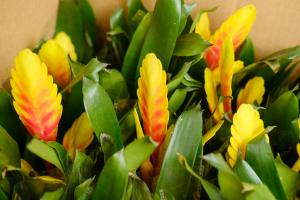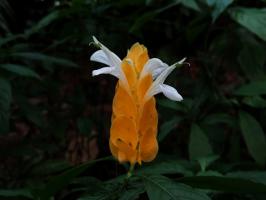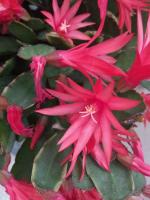1、 Curing method
1. Temperature: from the fact that its distribution area is mainly in the south, it can be seen that its requirements for temperature are relatively high. Therefore, in order to increase the output, the temperature can be controlled within an appropriate range. Especially in winter, if the temperature is too low, it may cause a large area of Siraitia grosvenorii to be frostbitten and freeze to death
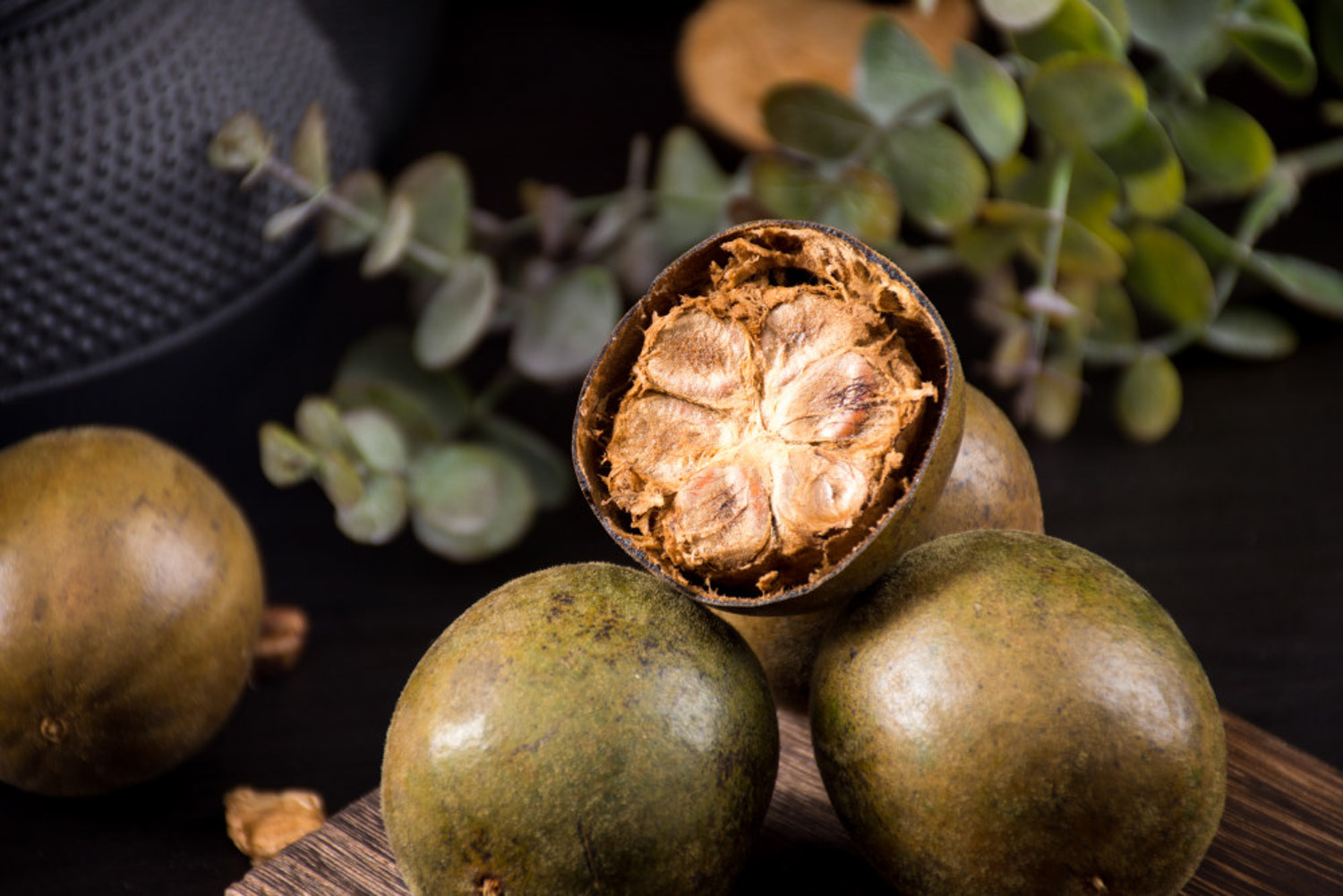
2. Illumination: the requirement for sunshine is not particularly high. Usually, there is a little astigmatism. Too much light is bad and may burn the plant. Therefore, when the sunshine is very strong, move it to a cool or semi cloudy place, and let it receive the light when there is mild astigmatism
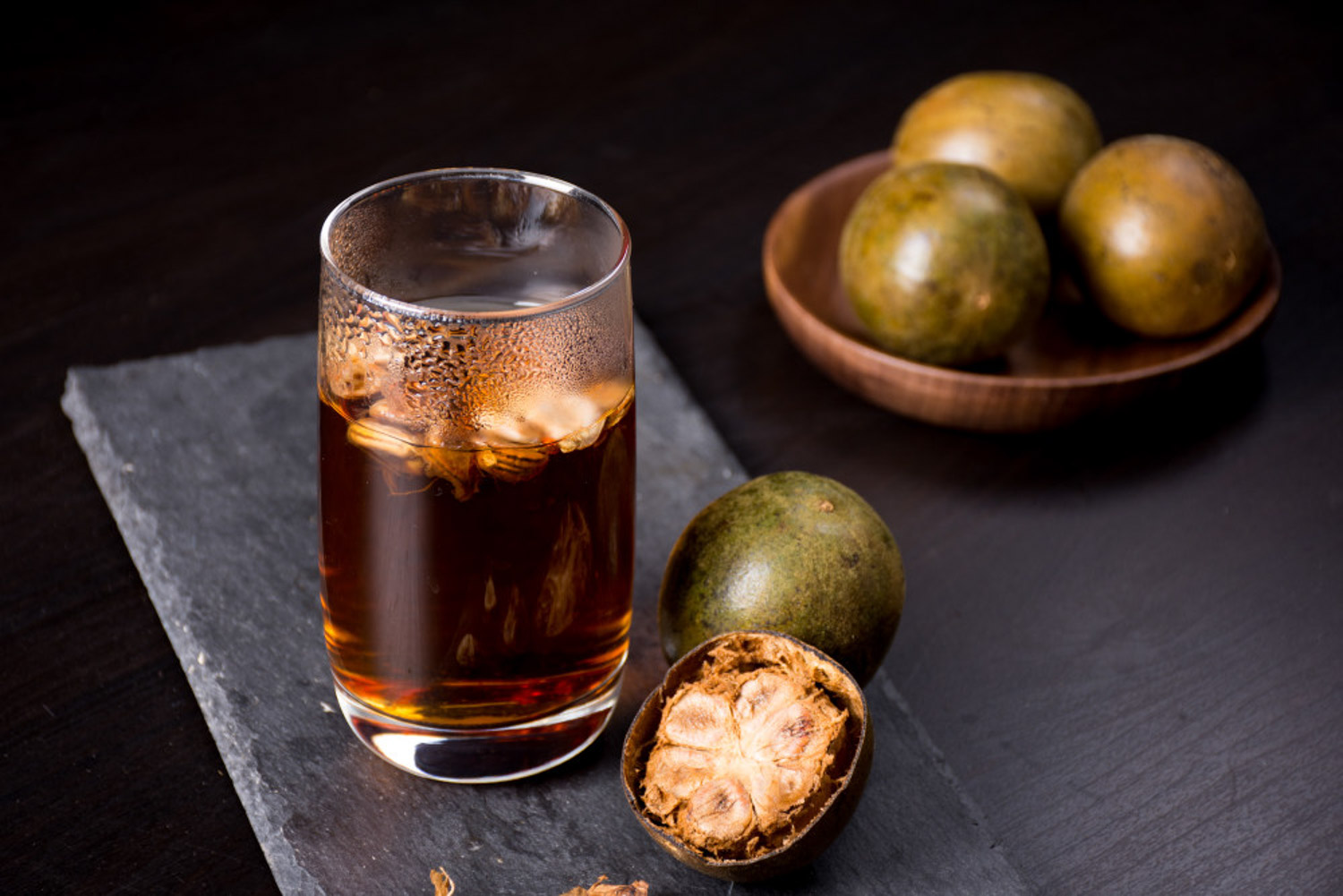
3. Watering: Siraitia grosvenorii likes humidity and is slightly drought resistant. But it's best to provide sufficient water in the growing season, which will help its growth. But do not accumulate water in any season, or its roots will rot
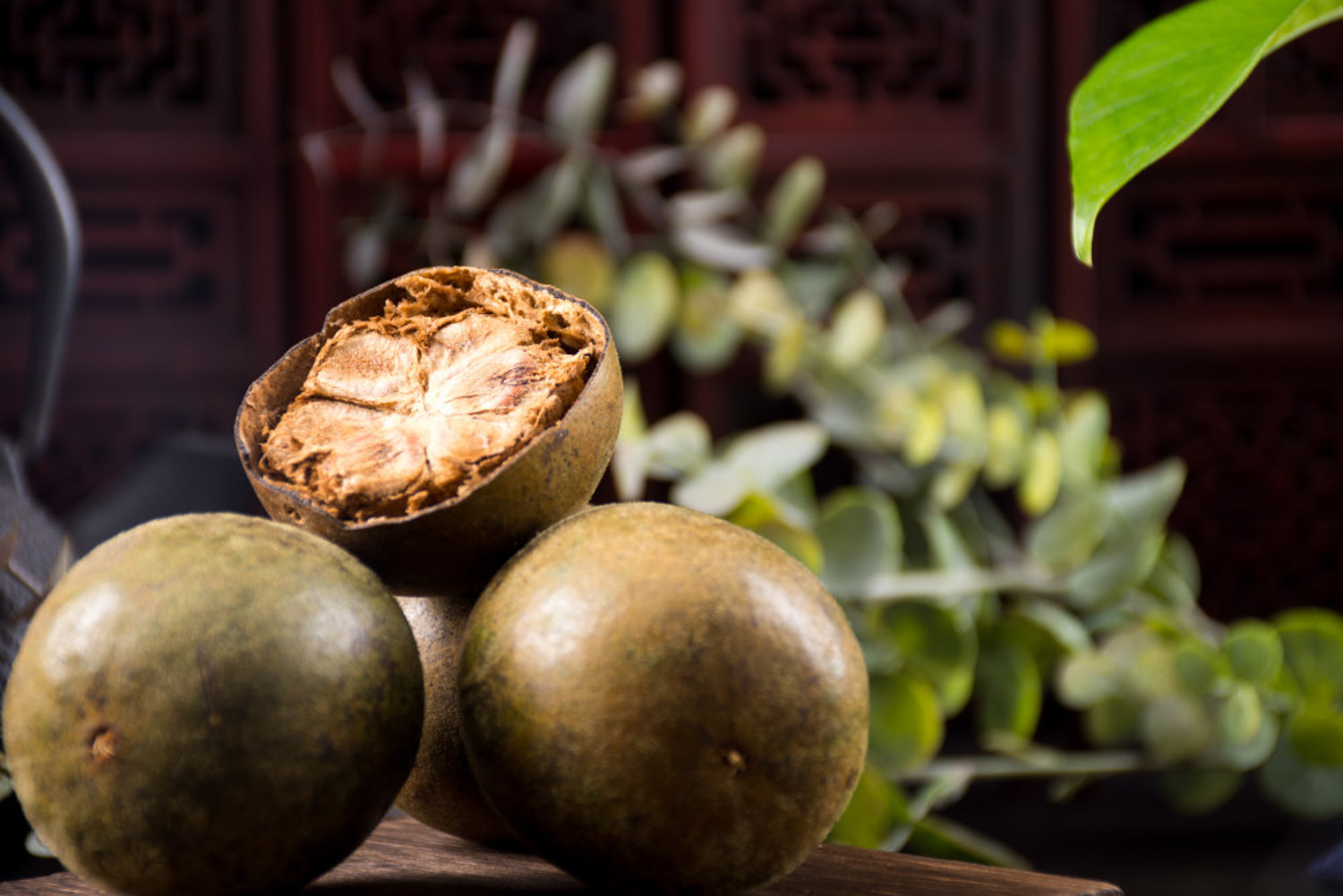
4. Fertilization: Siraitia grosvenorii has a small demand for fertilizer and cannot be applied more. Base fertilizer is relatively important. It can be applied once or twice during the growth period
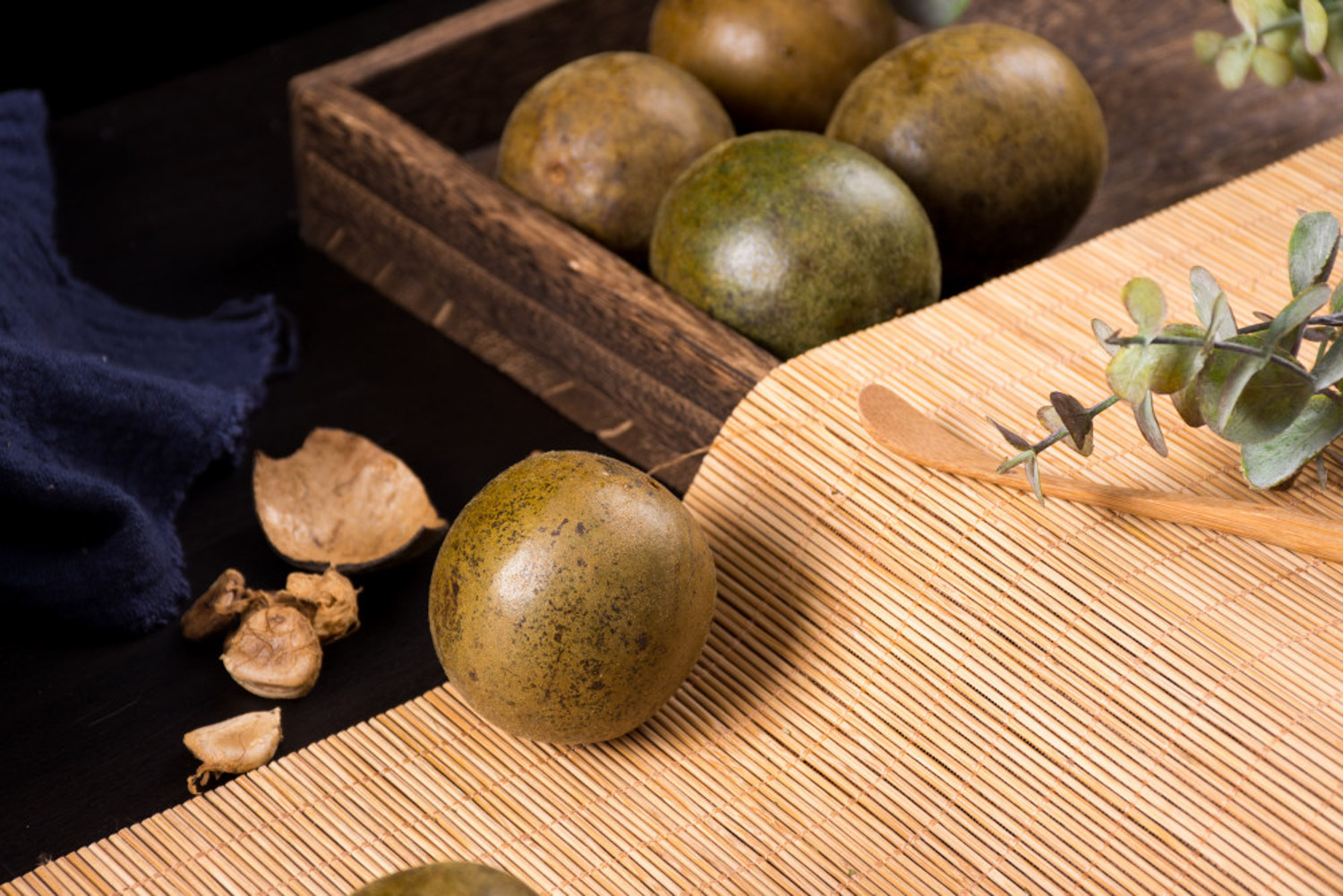
2、 Breeding skills
1. Reproduction; Generally speaking, there are many ways of sowing and breeding, and generally large-scale breeding. When its fruit changes from tender green to dark green, it can be harvested, and then after drying them for a few days, take out the seeds. When sowing, pay attention to the regulation of temperature, and at the same time, pay attention to ensuring appropriate humidity and not too high

2. Weeding: for Siraitia grosvenorii planted in a large area, some weeds often appear in the field. Their harm is still relatively large, which will lead to the consumption of nutrients and water and affect the growth of Siraitia grosvenorii. Therefore, weeding can be carried out regularly, about twice a year is better
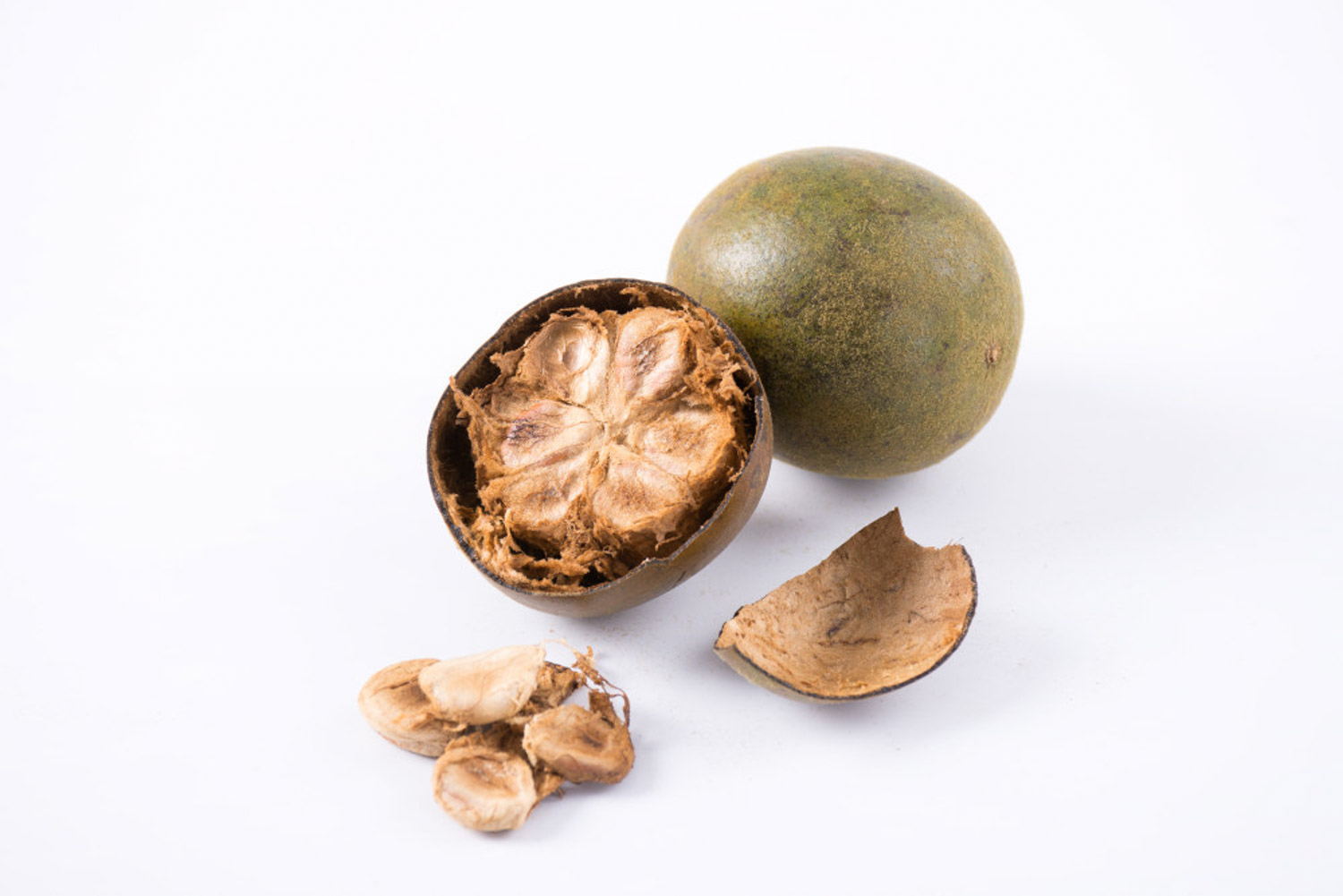
3、 Problem diagnosis and treatment
1. Disease: a common disease is called "virus disease". The harmful parts are mainly leaves and its fruits, which will lead to their abnormal growth. Anti poison can be used for prevention and treatment, two or three times in a row. There is also "anthrax", which can be sprayed with some phosphate and potassium fertilizer at the same time
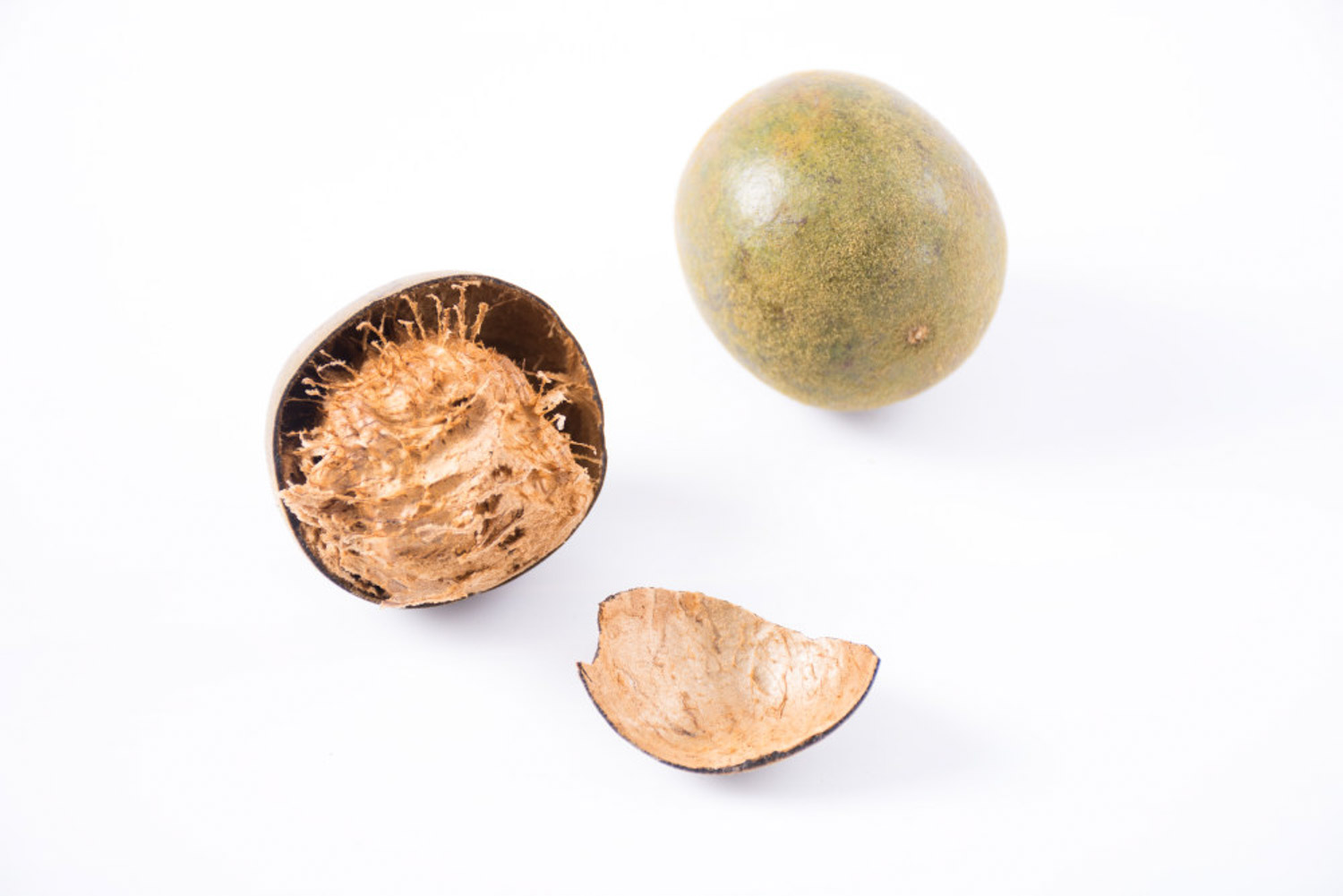
2. Insect pests: the main species are "termite", "yellow guard melon", "stink bug elephant", etc. Different kinds of insecticides can be sprayed separately
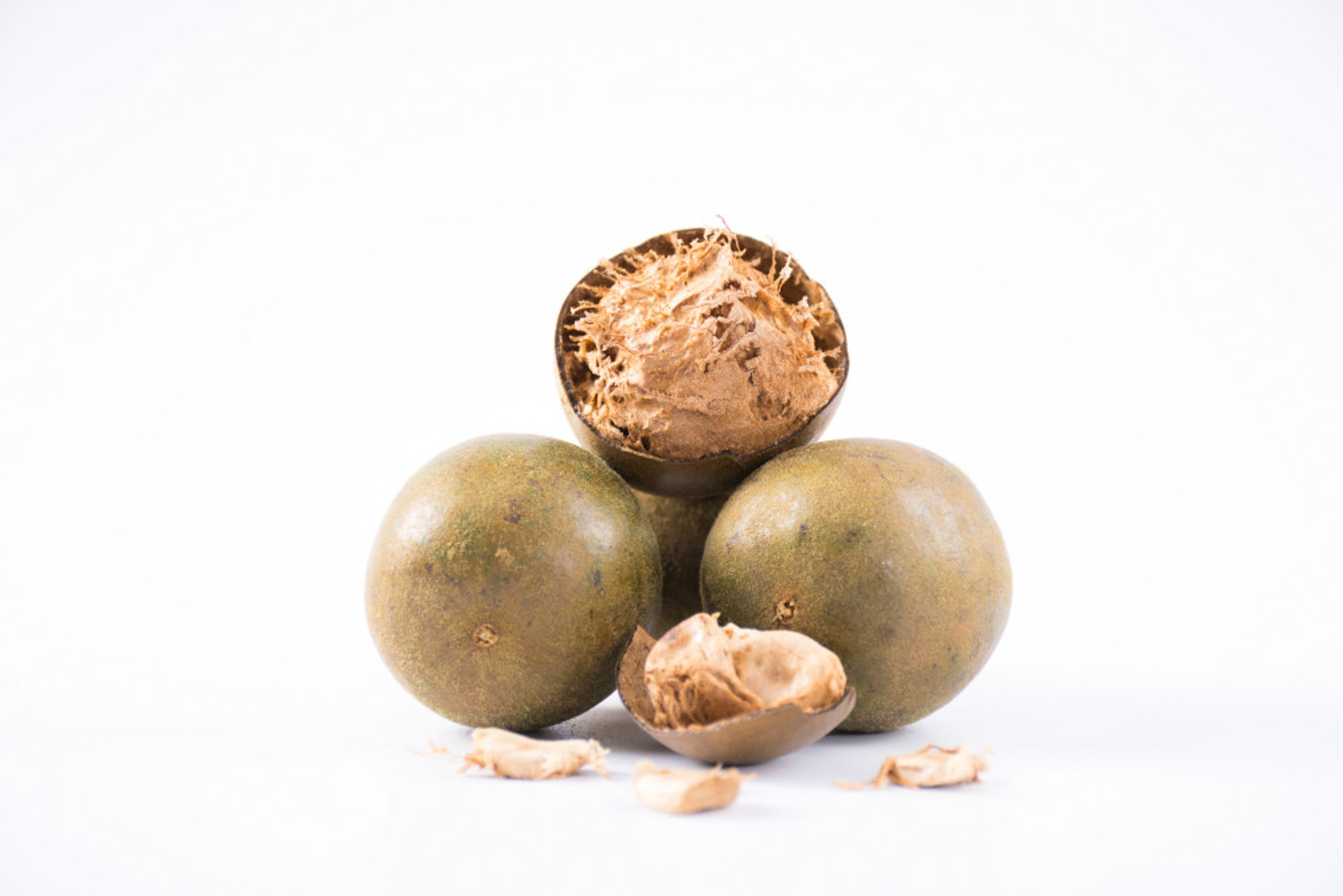
4、 Other issues
1. Toxicity: it is non-toxic, but it should not be eaten more
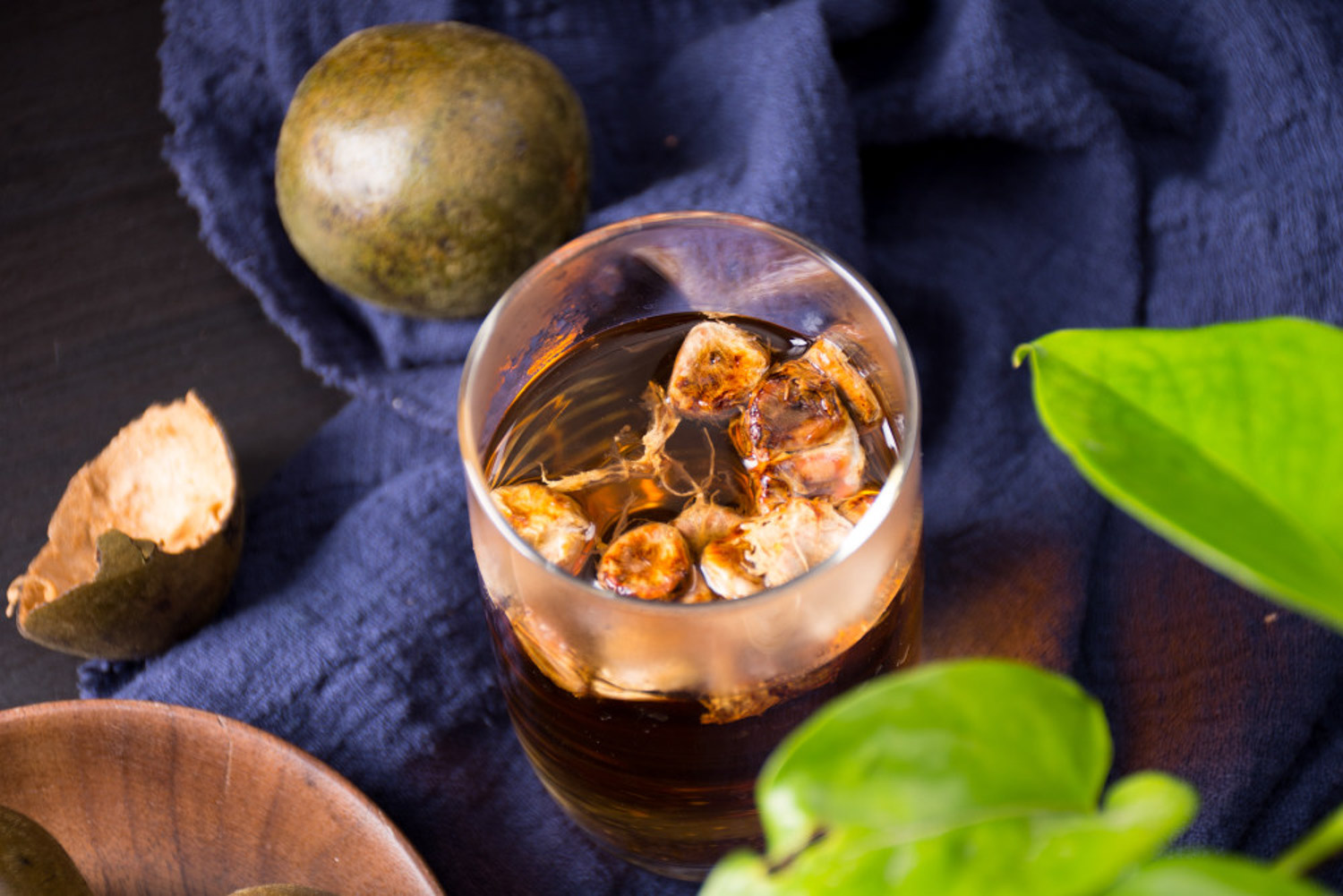
2. Whether it can be raised at home: generally not, it is generally used as medicinal materials
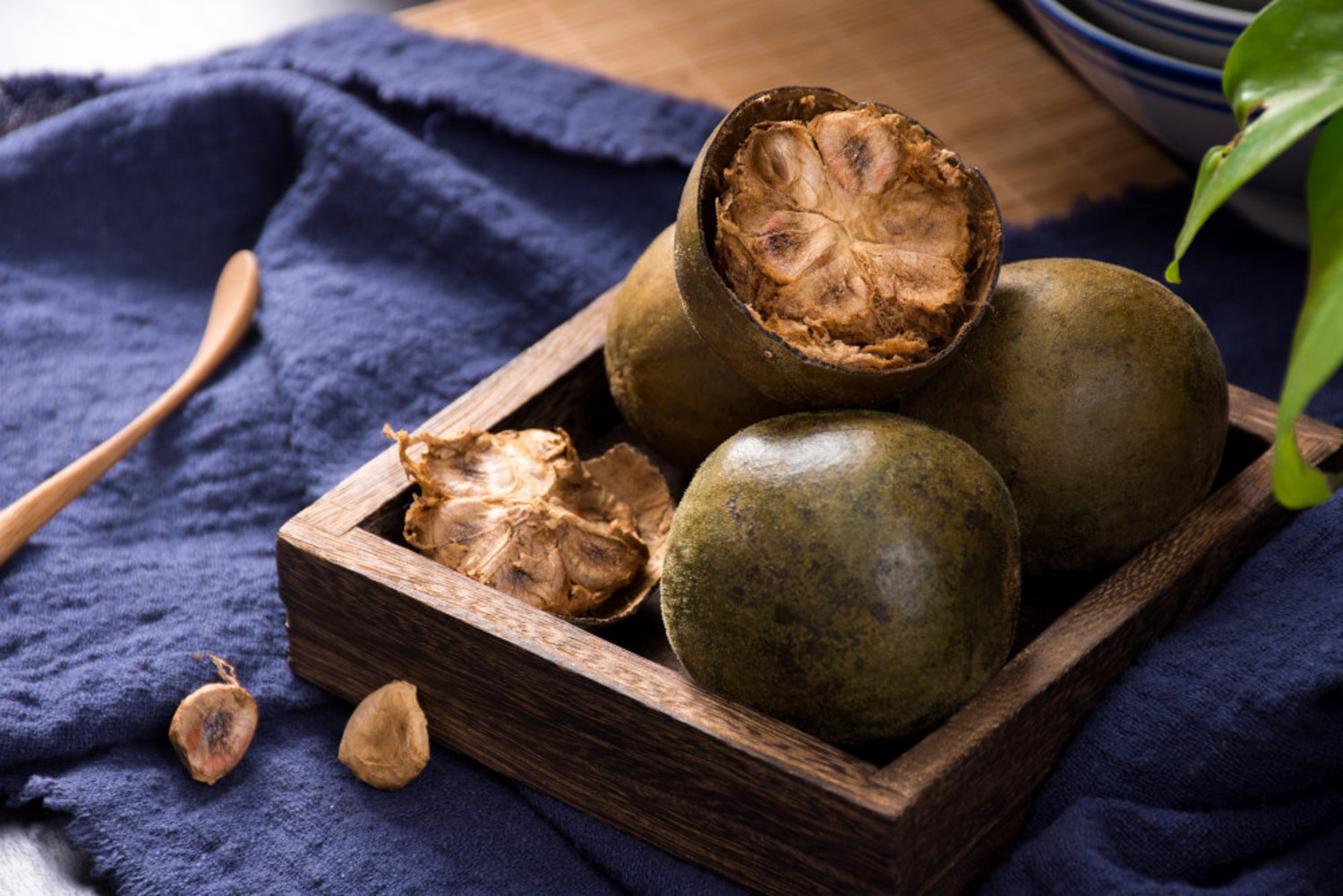

 how many times do yo...
how many times do yo... how many planted tre...
how many planted tre... how many pine trees ...
how many pine trees ... how many pecan trees...
how many pecan trees... how many plants comp...
how many plants comp... how many plants can ...
how many plants can ... how many plants and ...
how many plants and ... how many pepper plan...
how many pepper plan...

